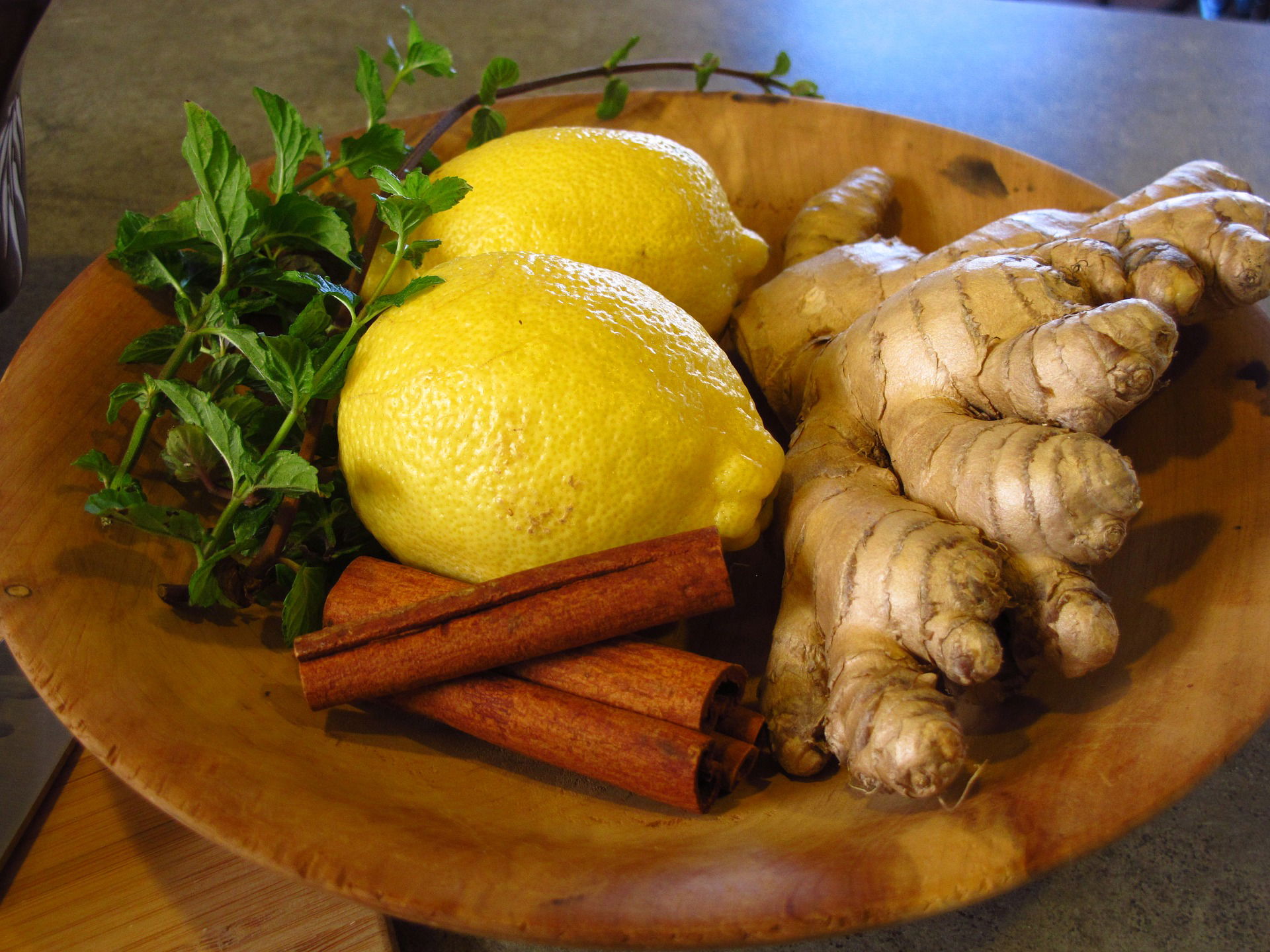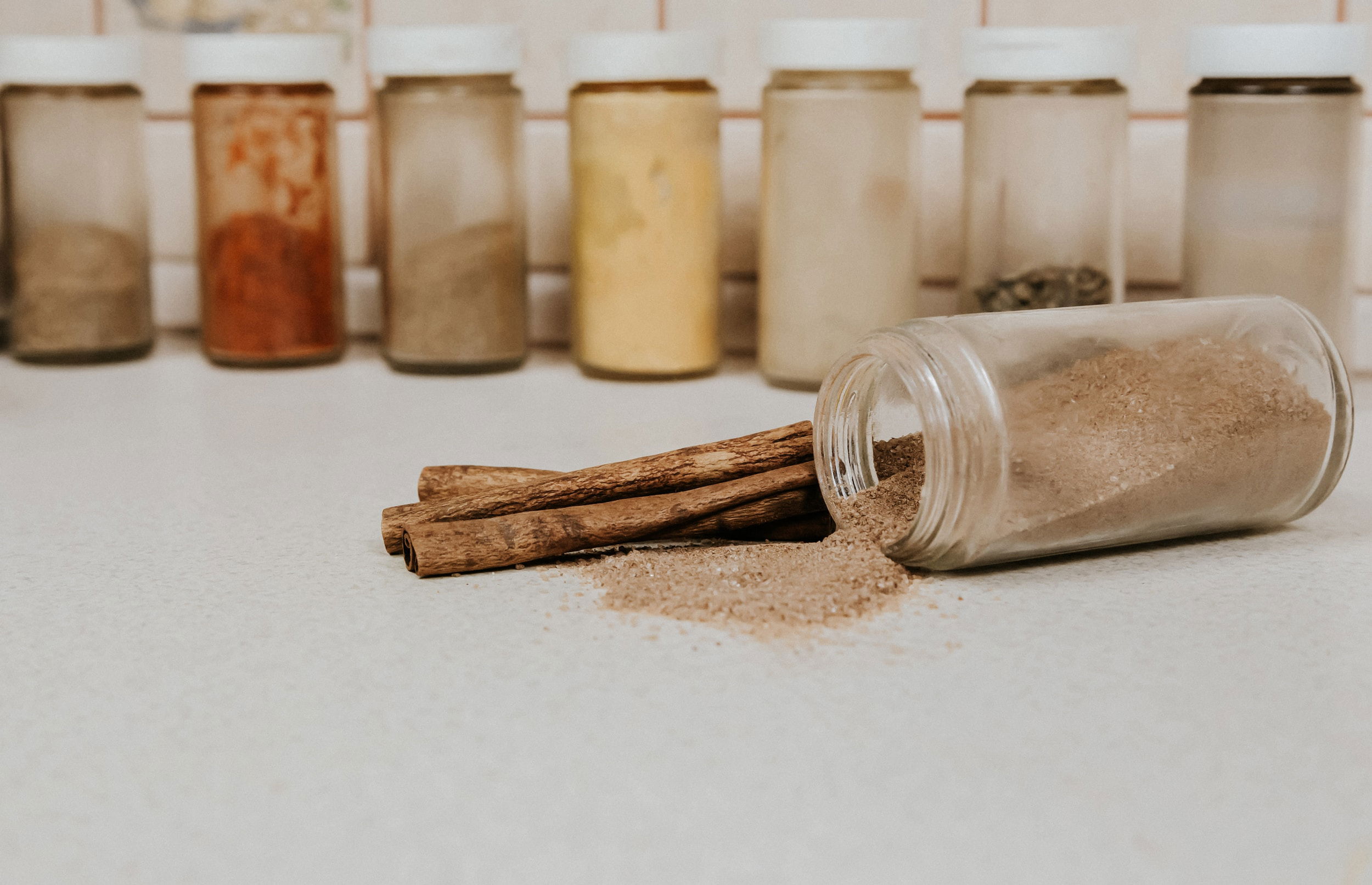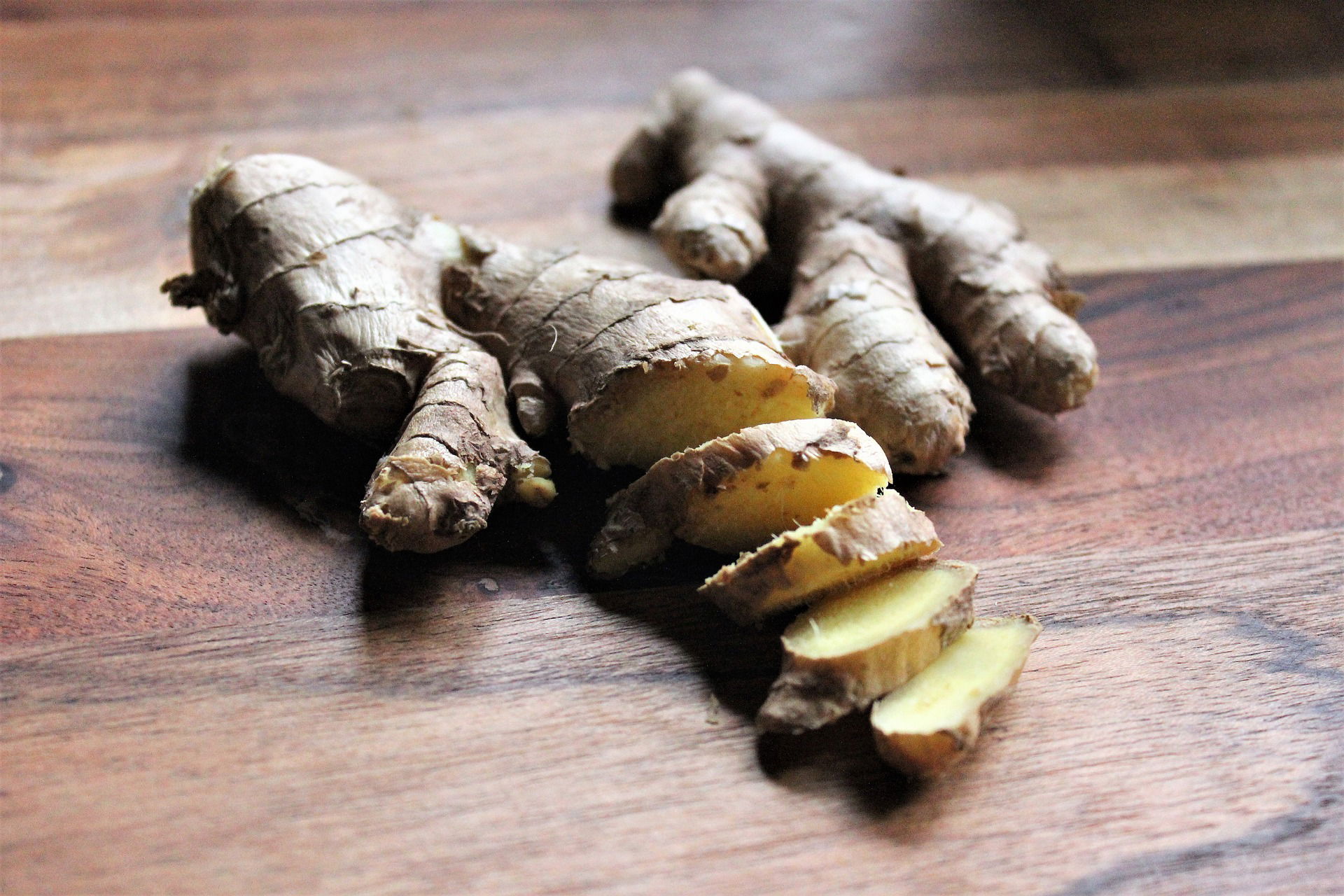Ginger was first introduced to Argentina by European immigrants
Ginger has been a staple in the culinary industry for centuries, but it's only in recent years that it has gained popularity as a superfood with numerous health benefits. One country that has seen a surge in the demand for fresh ginger is Argentina. As a major exporter of agricultural products, Argentina has positioned itself as a key player in the global ginger market. In this article, we will provide an overview of the ginger market in Argentina, analyze the factors driving its demand, and explore the growth prospects for this industry in the years to come.

Overview of Ginger Market in Argentina
Introduction
Ginger, a popular spice native to southeast Asia, has been used for centuries for its medicinal and culinary benefits. In Argentina, ginger is widely used in many traditional dishes as well as in herbal remedies. Over the years, the demand for fresh ginger in Argentina has witnessed significant growth, driven by various factors.
History of Ginger in Argentina
Ginger was first introduced to Argentina by European immigrants in the early 19th century. The spice became increasingly popular over the years, and by the mid-twentieth century, Argentina became one of the largest importers of ginger in the world.
Current Market Size and Growth Rate
The demand for fresh ginger in Argentina has been growing steadily in recent years, driven by increasing consumer awareness about the health benefits of ginger. According to market research, the market size of fresh ginger in Argentina was valued at USD 32.4 million in 2020, and is projected to grow at a CAGR of 5.7% from 2021 to 2028.

Factors Affecting the Demand for Fresh Ginger
Health Benefits of Ginger
The health benefits of ginger have been widely documented, and this has been a major driver of the increasing demand for the spice in Argentina. Ginger has been found to have anti-inflammatory and antioxidant properties, and is believed to help with digestion, reduce nausea, and relieve pain.
Changing Consumer Preferences
Consumer preferences have been changing in Argentina, with more people opting for healthier and more natural foods. Ginger is viewed as a natural ingredient that fits this trend, and this has contributed to the growth in demand for fresh ginger.
Pricing and Affordability of Ginger
Pricing has also been a key factor affecting the demand for fresh ginger in Argentina. The affordability of ginger has been influenced by factors such as the cost of production, transportation and import duties. Higher prices may lead to reduced consumer demand, while lower prices may result in increased demand.
Analysis of Demographic Trends and Consumption Patterns
Demographic Characteristics of Ginger Consumers
The consumption of fresh ginger is not limited to specific demographics in Argentina. However, studies have shown that the highest consumption is among females and people aged between 25 to 45 years old.
Consumption Patterns and Habits
Ginger is commonly consumed in Argentina as a spice in cooking and baking, as a tea, or as a supplement. It is also used in traditional remedies for various ailments.
Regional Variations in Ginger Consumption
Consumption of fresh ginger is highest in urban areas, primarily in the capital city of Buenos Aires, followed by the provinces of Cordoba and Santa Fe. The consumption of ginger is influenced by factors such as availability, cultural practices, and regional tastes.

Major Players in the Fresh Ginger Industry in Argentina
Overview of Major Ginger Producers and Exporters
Argentina imports most of its fresh ginger from countries such as China, Thailand, and India. However, there are several local producers who cultivate ginger, particularly in the provinces of Tucuman, Salta, and Jujuy.
Market Share and Competitive Landscape
The fresh ginger market in Argentina is highly competitive, with a few major players dominating the market. Large retailers and supermarkets account for a significant share of the market, with small and mid-sized players also competing.
Product Differentiation and Innovation
Product differentiation and innovation have become key strategies for players to remain competitive in the fresh ginger market. Several players are introducing new products and packaging options to cater to changing tastes and preferences of consumers. Additionally, players are investing in research and development to create value-added products that offer additional health benefits.

Supply Chain Management and Distribution Channels
Ginger Production and Harvesting:
Argentina has a favorable climate for ginger production, with most of it cultivated in the northeastern provinces such as Misiones, Corrientes, and Chaco. Ginger is mostly grown on small family farms, with production concentrated between February and July. The harvesting process involves manual labor, with the rhizomes carefully pulled from the soil to avoid any damage.
Processing and Packaging:
After harvesting, ginger goes through a cleaning process to remove any dirt or debris, followed by washing, peeling, and slicing. The packaging is done in various sizes, ranging from small sachets to larger containers, before being transported to the market.
Distribution Channels and Logistics:
The local distribution channels in Argentina involve selling ginger in farmers' markets, supermarkets, and grocery stores. The logistics involved in the transportation of ginger from the farms to the markets are challenging, given the lack of infrastructure and poor road conditions, which often leads to spoiled produce.

Export Potential and Competitiveness of Argentina's Ginger Market
Export Opportunities and Challenges:
Argentina's ginger export market is relatively small when compared to other ginger-producing countries. The country faces significant challenges, including high production costs, lack of infrastructure, and poor logistics, which make it difficult to compete with other countries in the international market. However, the growing demand for fresh ginger in North America and Europe presents an opportunity for Argentina to expand its export market.
Comparison with Other Ginger-Producing Countries:
Argentina currently ranks fifth in ginger production globally, behind India, China, Nepal, and Indonesia. However, the country's production is relatively low, with India producing over 1.5 million metric tons of ginger annually.
Trade Policies and Regulations:
Argentina's export policy for ginger is restrictive, with the government imposing export quotas and taxes. This has hindered the growth of the export market and made it difficult for local producers to compete globally.

Challenges and Opportunities for Fresh Ginger Producers and Exporters
Infrastructure and Technology:
The lack of infrastructure and technology is a significant challenge for ginger producers in Argentina. The country's road network is poor, and there is a limited availability of refrigerated transport, making it difficult to transport ginger without spoilage.
Environmental and Climate Factors:
Climate change and environmental factors such as soil erosion, drought, and pests have been a challenge for ginger production in Argentina. Producers must use innovative agronomic practices and invest in research to combat these challenges.
Marketing and Branding Strategies:
Most ginger producers in Argentina do not have a well-established marketing and branding strategy. Implementing better marketing practices and developing a strong brand identity will help differentiate Argentine ginger in the global market.

Future Outlook and Growth Prospects of the Ginger Industry in Argentina
Trends and Forecast for Ginger Demand:
The global demand for fresh ginger is expected to continue to rise in the coming years, driven by its health benefits and culinary uses. Argentina has an opportunity to capitalize on this trend by increasing its production and improving its supply chain management.
Investment Opportunities and Potential:
Investment opportunities in the ginger industry in Argentina include improving infrastructure, investing in research and development, and developing marketing strategies. These investments will help the country become more competitive in the global market and increase exports.
Conclusion:
Argentina's ginger industry faces significant challenges, including a lack of infrastructure and technology, restrictive trade policies, and environmental factors. However, the growing demand for fresh ginger presents opportunities for the country to increase production and expand its market share. Investing in supply chain management, research, and marketing strategies will help the ginger industry in Argentina become more competitive globally. In conclusion, the demand for fresh ginger in Argentina is on the rise due to its numerous health benefits and changing consumer preferences. With a competitive market and a growing export potential, the future outlook for the ginger industry in Argentina is promising. As the industry continues to evolve, it will be interesting to see how producers and exporters adapt to the challenges and opportunities that lie ahead.

Frequently Asked Questions (FAQ)
What is the current size of Argentina's ginger market?
As of 2021, the ginger market in Argentina is estimated to be around XX million USD and is expected to grow at a CAGR of XX% from 2022-2026.
What are the major factors driving the demand for fresh ginger in Argentina?
The rising awareness of health benefits associated with ginger, changing consumer preferences for healthier food options, and increasing demand for natural and organic food products are the major factors driving the demand for fresh ginger in Argentina.
What are the challenges faced by fresh ginger producers and exporters in Argentina?
Some of the challenges faced by fresh ginger producers and exporters in Argentina include inadequate infrastructure and technology, environmental and climate factors such as droughts and floods, and trade policies and regulations that impact exports.
What is the potential for Argentina's ginger market in the global arena?
Argentina is a major exporter of agricultural products, and its ginger market has a competitive edge due to its high-quality produce and potential for innovation. While China and India currently dominate the global ginger market, Argentina has the potential to increase its market share and become a major player in the global ginger market in the years to come.
